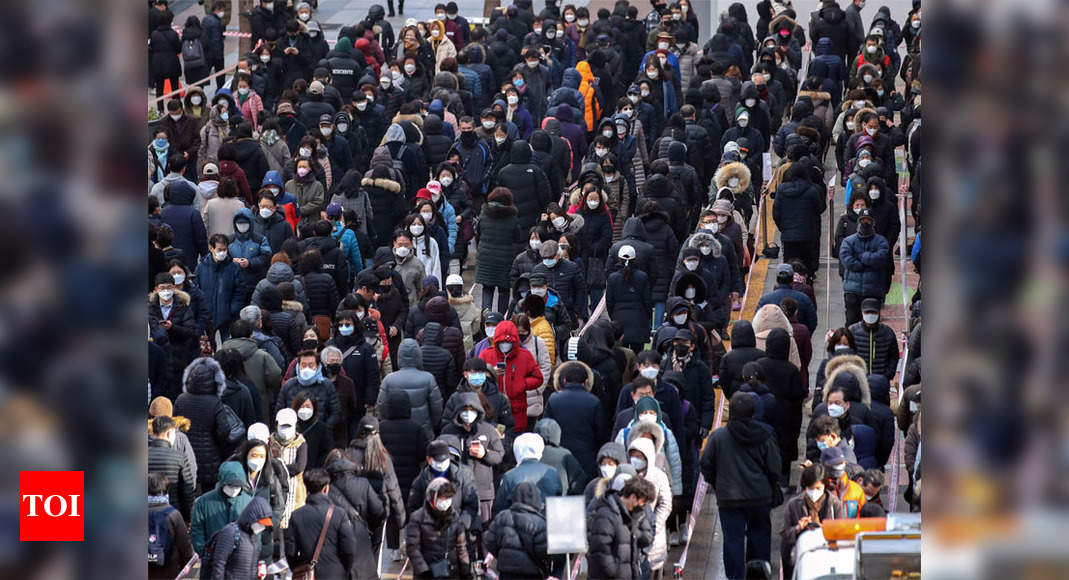NEW YORK: The coronavirus still has a long way to go. That’s the message from a crop of new studies across the world that are trying to quantify how many people have been infected.
Official case counts often substantially underestimate the number of coronavirus infections. But in new studies that test the population more broadly, the percentage of people who have been infected so far is still in the single digits.
The numbers are a fraction of the threshold known as herd immunity, at which the virus can no longer spread widely. The precise herd immunity threshold for the novel coronavirus is not yet clear; but several experts said they believed it would be higher than 60%.
Even in some of the hardest-hit cities in the world, the studies suggest, a vast majority of people still remain vulnerable to the virus.
Some countries — notably Sweden, and briefly Britain — have experimented with limited lockdowns in an effort to build up immunity in their populations. But even in these places, recent studies indicate that no more than 7%-17% of people have been infected so far.
Covid-19: Live updates
In New York City, which has had the largest coronavirus outbreak in the United States, around 20% of the city’s residents have been infected by the virus as of early May, according to a survey of people in grocery stores and community centers released by the governor’s office.
Similar surveys are underway in China, where the coronavirus first emerged, but results have not yet been reported. A study from a single hospital in the city of Wuhan found that about 10% of people seeking to go back to work had been infected with the virus.
Viewed together, the studies show herd immunity protection is unlikely to be reached “any time soon,” said Michael Mina, an epidemiologist at the Harvard TH Chan School of Public Health.
More on Covid-19
The herd immunity threshold for this new disease is still uncertain, but many epidemiologists believe it will be reached when between 60% and 80% of the population

